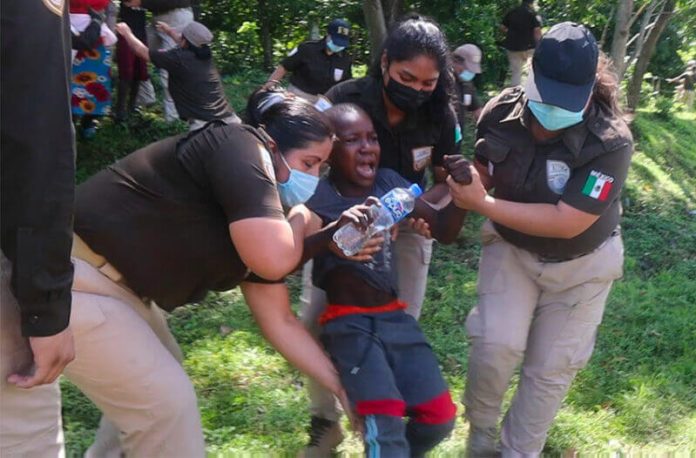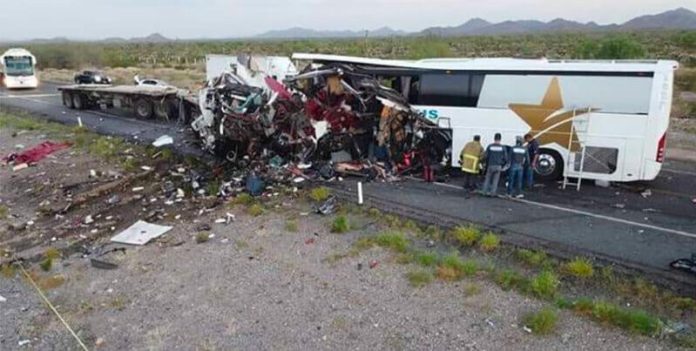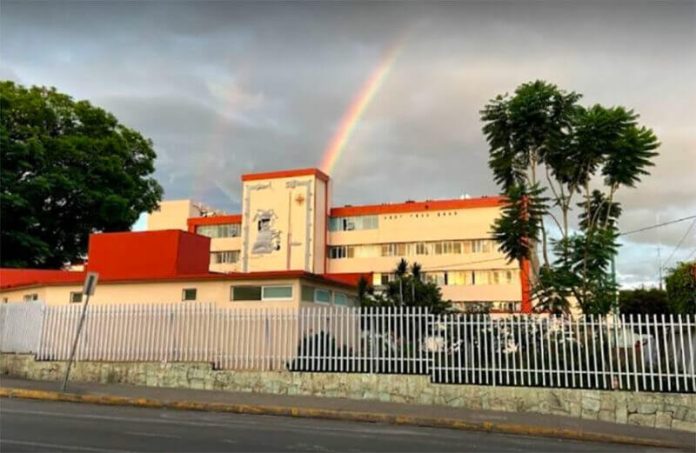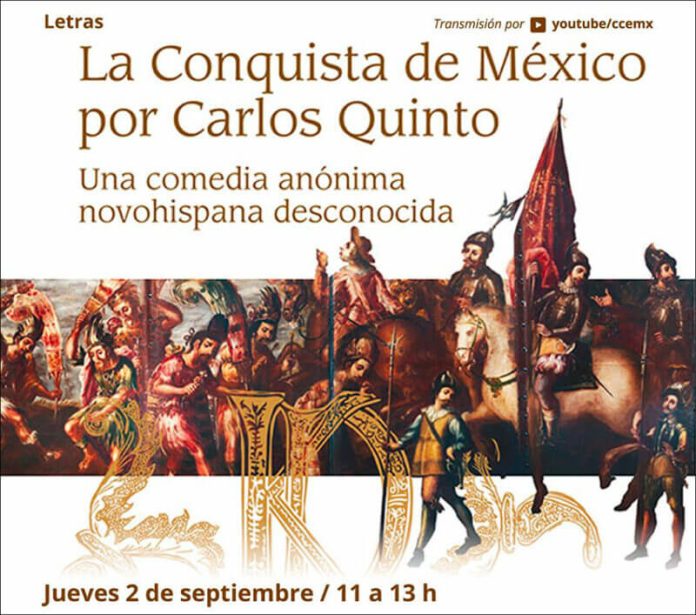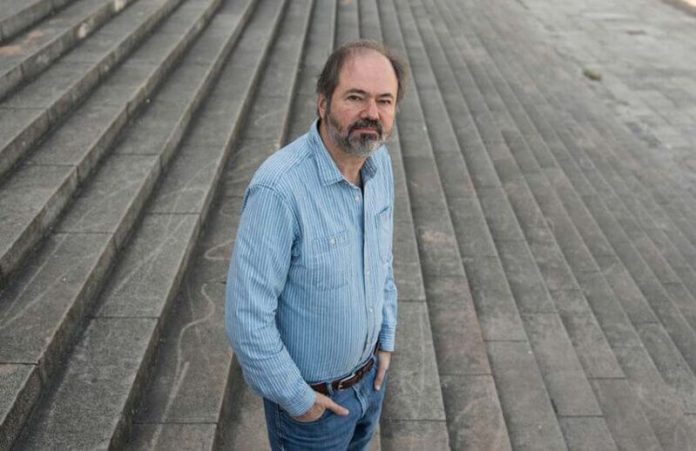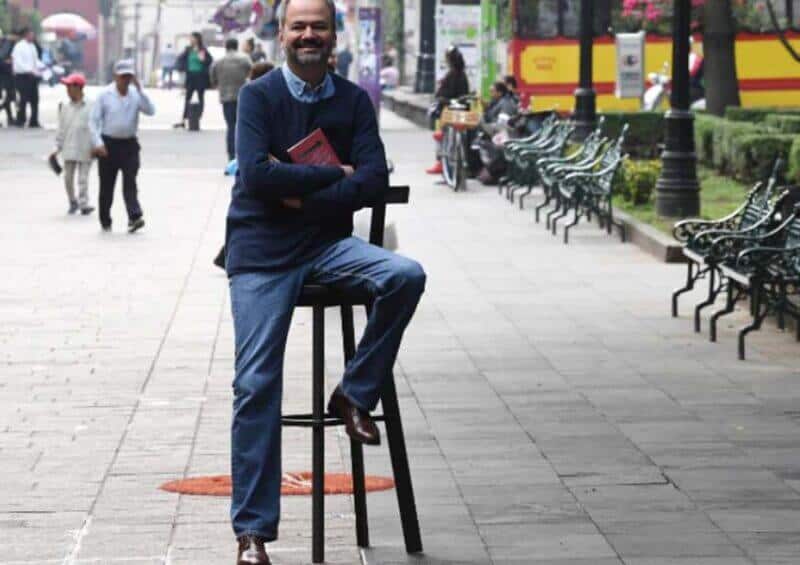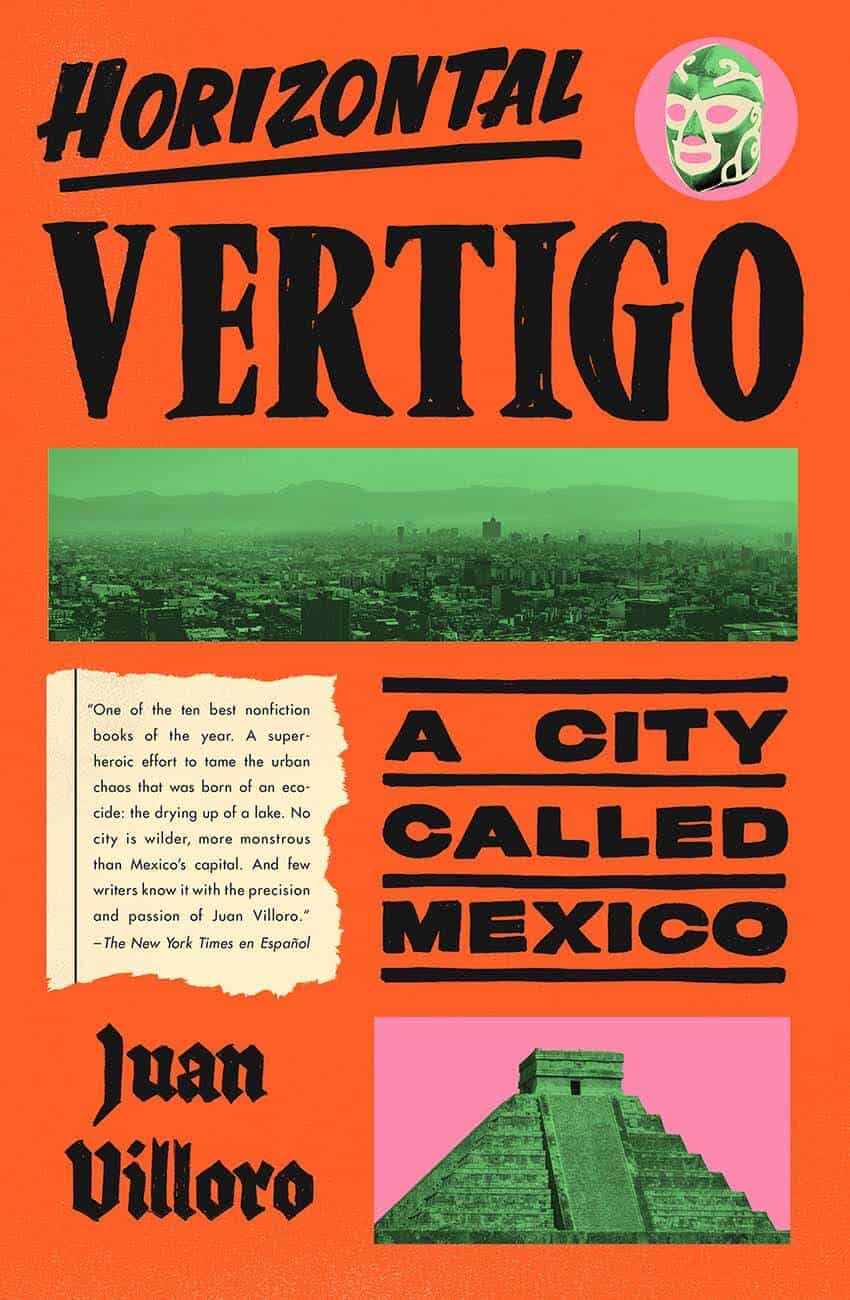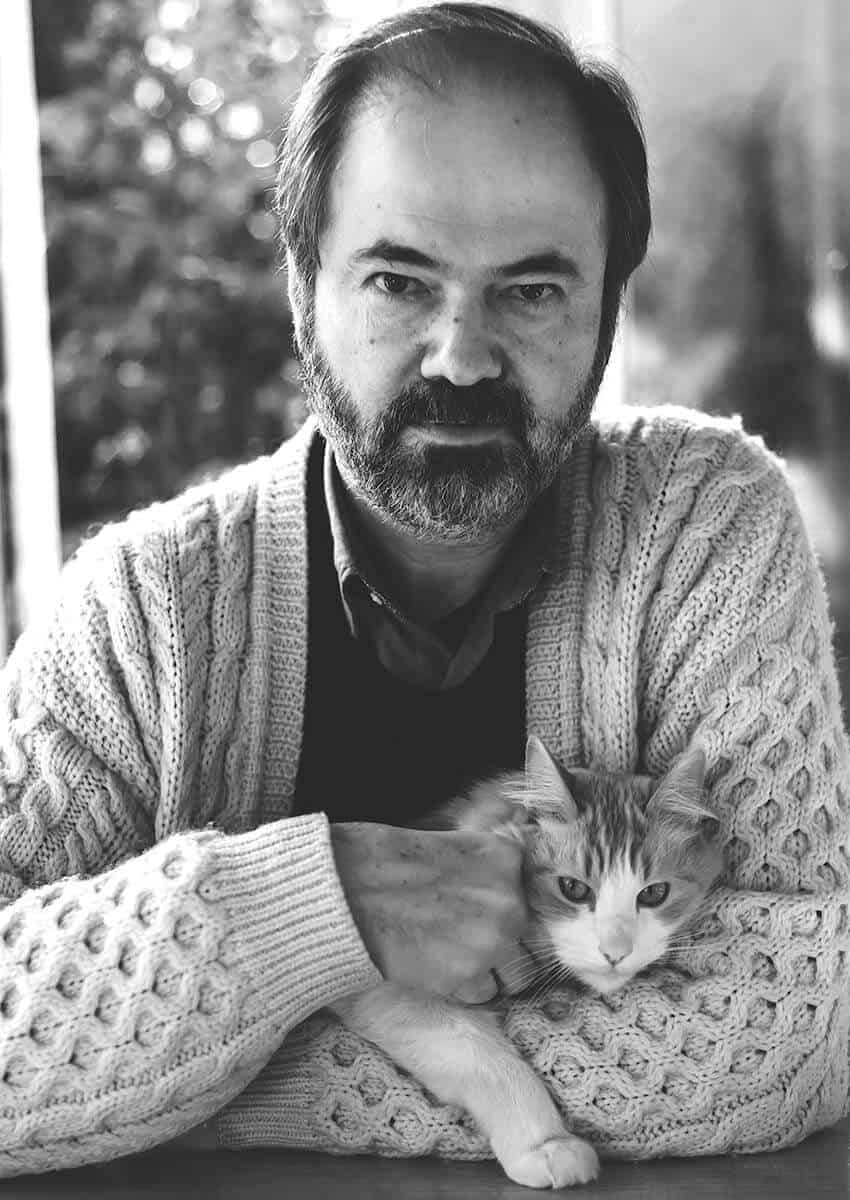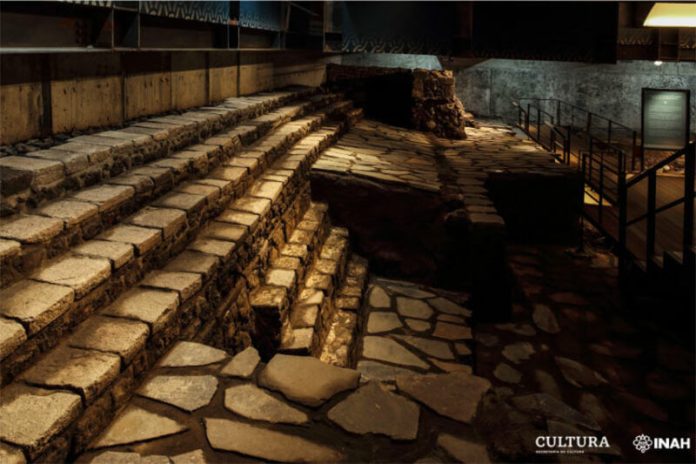The National Guard (GN) and immigration agents once again used force to detain members of a migrant caravan in Chiapas on Thursday.
About 50 migrants, members of the third caravan to leave Tapachula in less than a week, were detained in Escuintla on Thursday morning. Some 300 others, mainly from Haiti and Central America, initially avoided capture, but some were detained later on Thursday.
It was the third time in six days that GN troops and National Immigration Institute (INM) agents confronted migrants in Chiapas after using force to halt the advance of one 600-strong caravan on Saturday and breaking up a second on Wednesday. The migrants decided to leave Tapachula to head for other Mexican cities or the United States after staging protests against the slow assessment of their asylum claims.
Members of the third caravan left Tapachula on foot on Wednesday morning and arrived in Huixtla, about 40 kilometers north, in the afternoon. They departed that town at 3:00 a.m. Thursday, walking about 30 kilometers in high temperatures before they were intercepted by hundreds of GN troops and INM agents in Escuintla at about 11:00 a.m.
Many migrants attempted to evade detention by leaving the highway to escape via forest and agricultural land. Video footage posted online by the news website Animal Político showed GN troops and INM agents chasing the migrants through one property.
“You’re fucked now,” one immigration agent shouts as he sets off in pursuit.
Footage also showed INM agents dragging a clearly distressed boy against his will toward a waiting vehicle.
“You’re hurting my daughter,” said one Haitian woman who was detained while carrying her infant offspring. “Look at how you treat us because we’re looking for a better life,” she said.
“… You’re mistreating us, you don’t respect us. We’re looking for a better life, our president was killed, you know that but you treat us like shit,” she said.
The Tapachula correspondent for the newspaper El Universal was also targeted by the INM. María de Jesús Peters said she was attacked by an agent as she was taking photos of a Haitian woman who was being detained along with her son.
“I was taking photos, the agents were approaching her and started to pull her with force to put her into a van. Her son started to shout and that’s when an immigration agent started to block me,” she said.
“ … He elbowed me; I was moving up and down to try and take photos and they started to say I was attacking them. I was taking a photo when he slapped me. I asked him why he was attacking me if I was doing my job and he said: ‘You are not letting me do my job.’”
The seasoned immigration reporter said the incident was filmed by a National Human Rights Commission official. Peters said the INM began acting aggressively toward the press after the publication of a video showing one agent kicking and attempting to stomp on the head of a Haitian migrant last Saturday.
“… [National] Human Rights [Commission] personnel told us there was an order from the immigration delegate in Chiapas to block the press and human rights observers” to avoid the dissemination of more damaging footage, she said.
“They told us to be careful because there was an order to block our work. … I’m going to protest to make the situation visible and demand respect for the work of the media.”
Some of the migrants who evaded capture on Thursday morning were subsequently detained on Thursday night in Escuintla. According to media reports, INM agents and National Guard troops raided hotels in the town where migrants were staying.
The raids are believed to have occurred without any court having authorized them, the Tapachula newspaper El Orbe reported.

Meanwhile, President López Obrador said Thursday the government was seeking to keep migrants in the south and southeast of the country so that they aren’t exposed to the risk of human rights violations in other parts of Mexico, especially on the northern border.
He recalled that 72 undocumented migrants were massacred in Tamaulipas in 2010 and 19 migrants were killed in the same state in January of this year.
The federal government ramped up its enforcement against migrants in 2019 after former United States president Donald Trump threatened to impose blanket tariffs on Mexican goods if Mexico didn’t do more to stop the northward flow of asylum seekers.
In a meeting with United States Vice President Kamala Harris in May, López Obrador said he agreed with the immigration policies the U.S. government was developing and would aid their implementation.
He said Thursday that he would contact U.S. President Joe Biden next week to once again urge him to grant temporary work visas to Central Americans who participate in expanded versions of Mexican government work schemes such as the Sembrando Vida (Sowing Life) tree-planting program.
“I will send a letter next week at the latest, because we cannot just be detaining, holding back [migrants], we must address the causes [of migration],” he said.
With reports from El Universal and El Orbe
